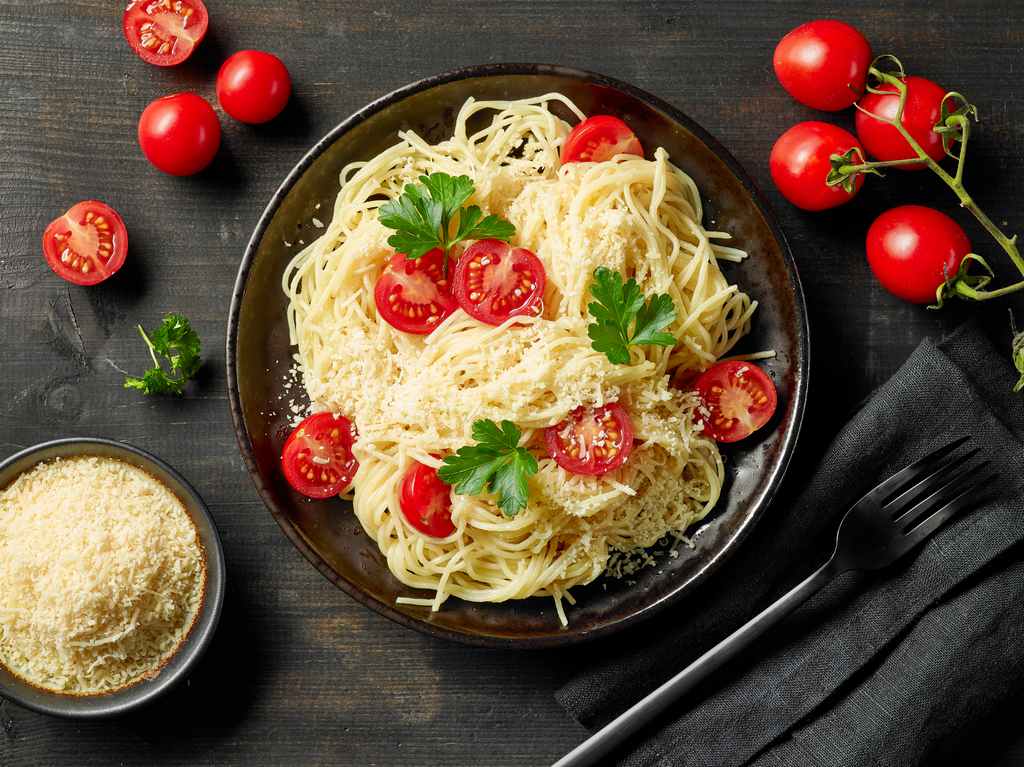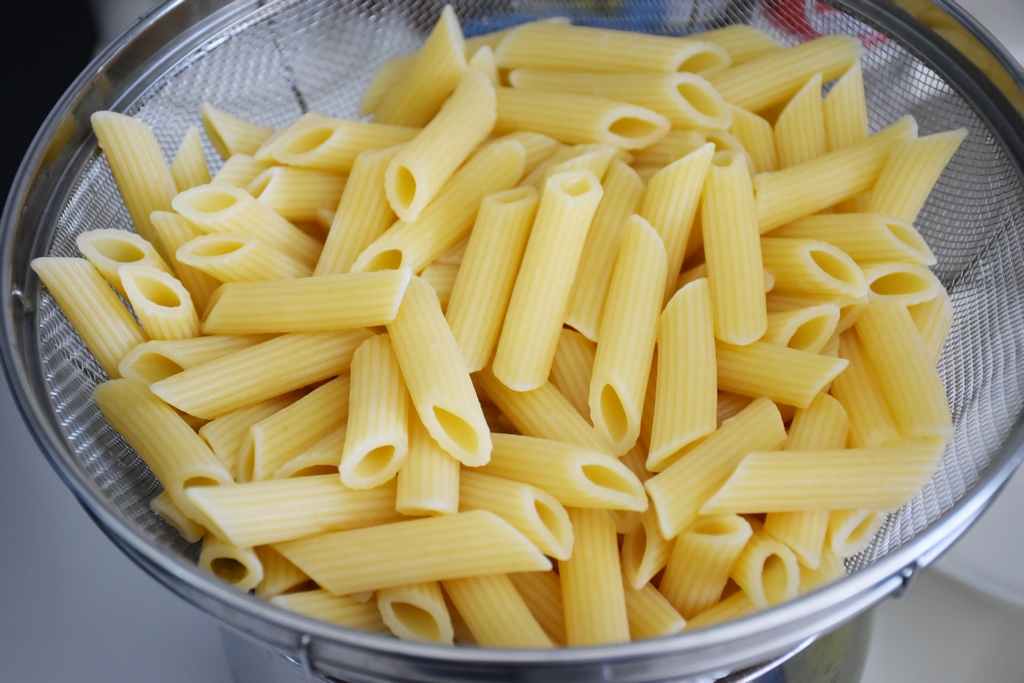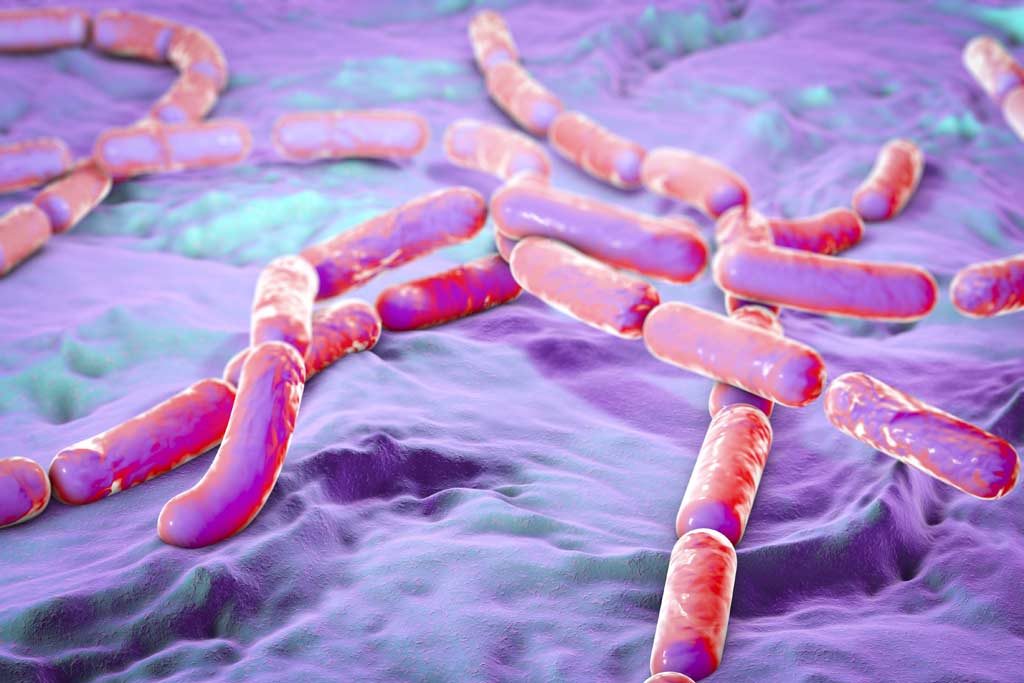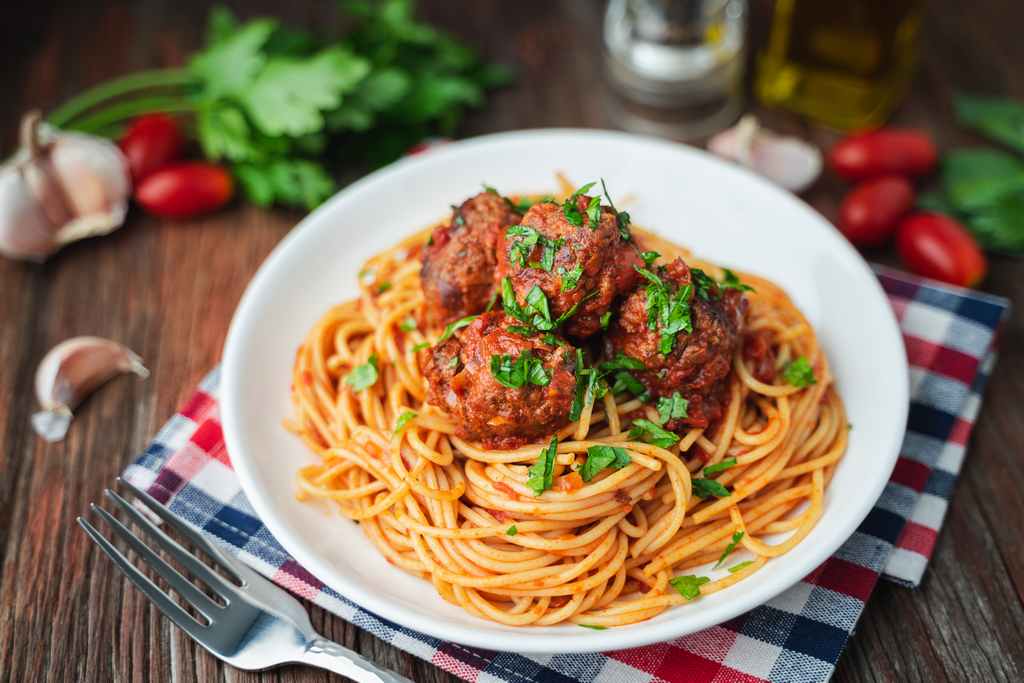National Pasta Day has Italian restaurants ready to fill your noodle needs. Which, as it turns out, is a good thing because the National Pasta Association says that Americans eat about 20 pounds of pasta each year.
On National Pasta Day, it’s not only a great time to enjoy one of the 600 pasta types, but also a perfect time to practice food safety when serving and storing pasta leftovers. Did you know, that refrigerated pasta leftovers are safe for only 3-4 days?
Cooked pasta is one food that people often dismiss when it comes to food illness and most people are surprised that cooked pasta presents a food poisoning risk.
- Learn about foodborne pathogens, cross contamination, cold and hot food safety, and best practices to prevent foodborne illness.
- Food Manager ANSI Certification: $99.00 - Valid in all States
- Food Handler Training: Only $7.00!
- 10% OFF: Enter Promo Code "train10off" at Checkout
Once pasta is cooked and begins to cool, a bacteria (Bacillus cereus) can grow and form toxins which cause foodborne illness.
Bacillus cereus
Bacillus cereus or B. cereus is a type of bacteria that produces toxins. Bacillus cereus is a well-known cause of foodborne illness, but infection with this organism is not commonly reported because of its usually mild symptoms.
The toxins from can cause two types of illness: one type characterized by diarrhea and the other, called emetic toxin, by nausea and vomiting.
Bacillus cereus bacteria are present in foods and can multiply quickly at room temperature. If cooked food is allowed to cool, slowly the spores can germinate and reheating or lightly cooking the food will not destroy this toxin. The bacteria can also grow and produce toxin at refrigeration temperatures, it just does so much more slowly than at room temperature.
Bacillus cereus Food Illness Details
| Sources | A variety of foods, particularly pasta, rice, as well as sauces, soups, and other prepared foods that have sat out too long at room temperature or too long in the refrigerator as leftovers. |
| Incubation Period |
|
| Symptoms |
|
| Duration of Illness | 24 hours |
| What Do I Do? | Drink plenty of fluids and get rest. If you cannot drink enough fluids to prevent dehydration, call your doctor. |
| How Can I Prevent Illness? |
|
Food Safety – Two Hour Rule
Two hours is the maximum time perishable foods should be at room temperature (one hour at temperatures 90°F and higher). This includes the time they’re on the table during your meal.
Just one bacterium, doubling every 20 minutes, can grow to over 2,097,152 bacteria in 7 hours!
Reheating food may not make it safe. If food is left out too long, some bacteria can form a heat-resistant toxin that cooking can’t destroy.
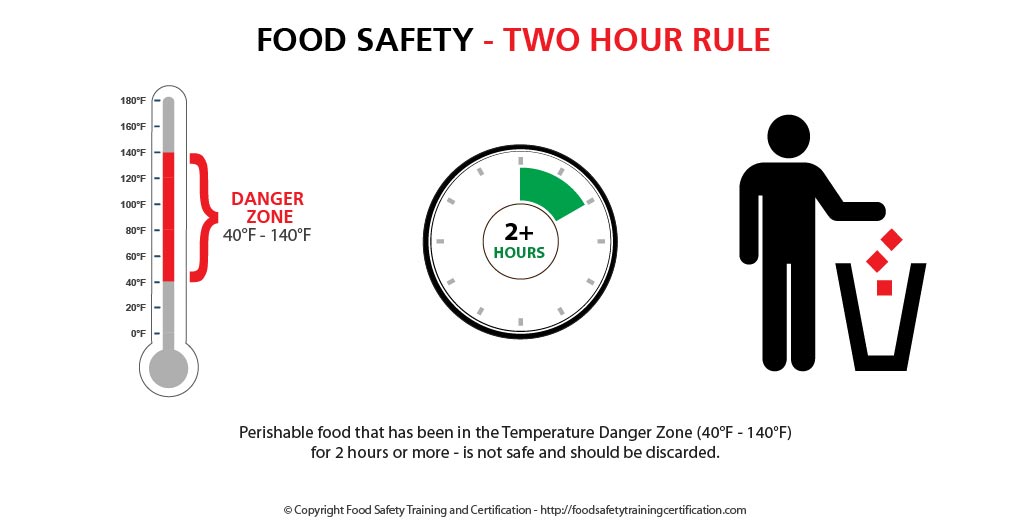
National Pasta Day 2019: Deals on Pasta
The top Italian chain restaurants in the U.S. have deals and promos through October, but National Pasta Day is a great excuse to make the most of them. Here are some of the best offers out there.
Locally-owned businesses and smaller chains also may have National Pasta Day specials. Use #NationalPastaDay on social media to find deals on pasta.
Summary
National Pasta Day is October 16th! A day that celebrates the 600 pasta types, but also a perfect time to learn about food safety with pasta. Once pasta is cooked and begins to cool, a bacteria (Bacillus cereus) can grow and form toxins which cause foodborne illness.

